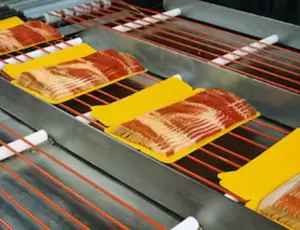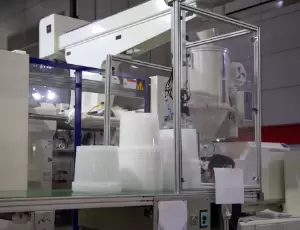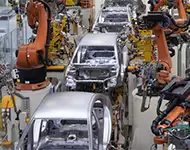Electric Servo Actuators – Comparing Types of Technologies
Comparing Types of Actuator Technologies - Servo Electro-Hydraulic (SHA) vs. Electro-Mechanical (EMA) vs. Hydraulic (HPU with Cylinder)
Not sure which type of Actuator Technologies is right for your project?
View a comparison among Servo Electro-Hydraulic (SHA), Electro-Mechanical (EMA) and Hydraulic (HPU with Cylinder) technologies in 5 key categories:
- Reliability / Maintenance
- Precision Control
- Space / Ergonomics / Environment
- Economics / Cost of Ownership
- Data Collection
You can get more technical information about our SMART Electro Hydraulic Actuators and technical details comparing actuator types with our free Actuator Comparison Guide.
Servo Electro-Hydraulic (SHA) vs.Electro-Mechanical (EMA) vs.Hydraulic (HPU with Cylinder)
Reliability / Maintenance

- EMAs are damaged by shock loads and wear from metal-to-metal contact. Must be oversized to extend life.
- EMAs require frequent lubrication to extend service life.
- SHA requires no PM other than a rod seal change (after years of use).
- Hydraulics require regular replacement of oil, filters, hoses and other components.
Space / Ergonomics / Environment

- SHA has Force density of a hydraulic cylinder without the HPU. SHA contains minimal fluid.
- EMA Force-density is lower than a Hydraulic Cylinder.
- Hydraulics frequently leak, are dirty and create noisy and unsafe conditions.
Economics / Cost of Ownership

- Power-on-Demand saves energy.
- Metal-to-Metal Friction reduces efficiency.
- Hydraulics run continuously, are very inefficient, and require regular fluid changes. • SHA is all-in-one while Hydraulics have many components.
Precision Control

- EMAs require expensive load cells for force measurement.
- SHA is an electric servo actuator.
Data Collection

- Hydraulics require expensive instrumentation for IoT.





















